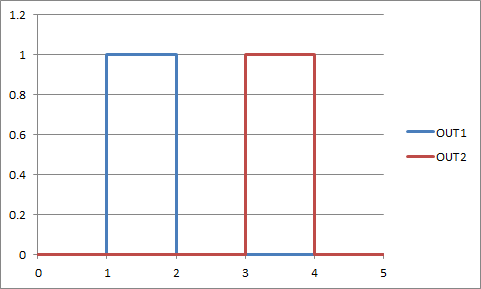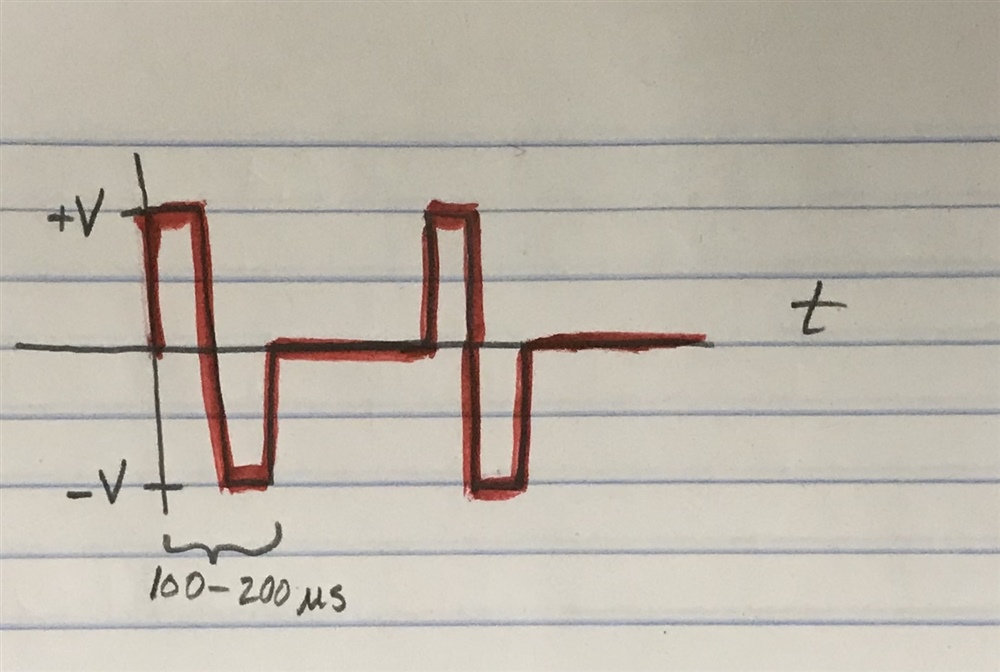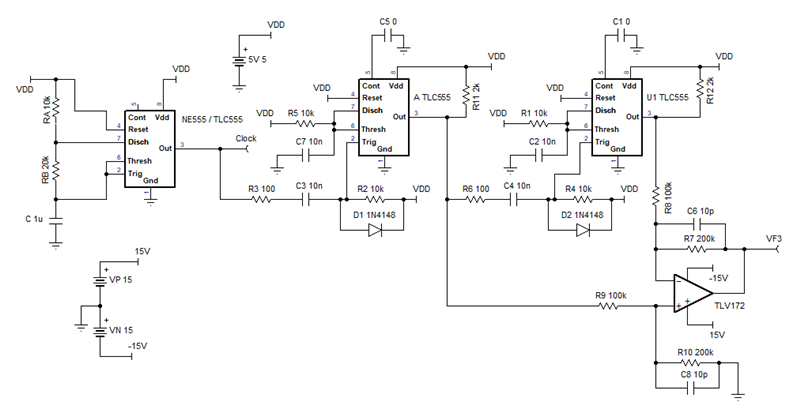Other Parts Discussed in Thread: CD4017B, TLC555, TLV172, LM358, LF347, LF353
I read somewhere that a single NE555 would not be able to create a biphasic square wave, only monophasic. I am wondering whether that is possible. If not, how do I connect two NE555 timers to create a biphasic square wave?





